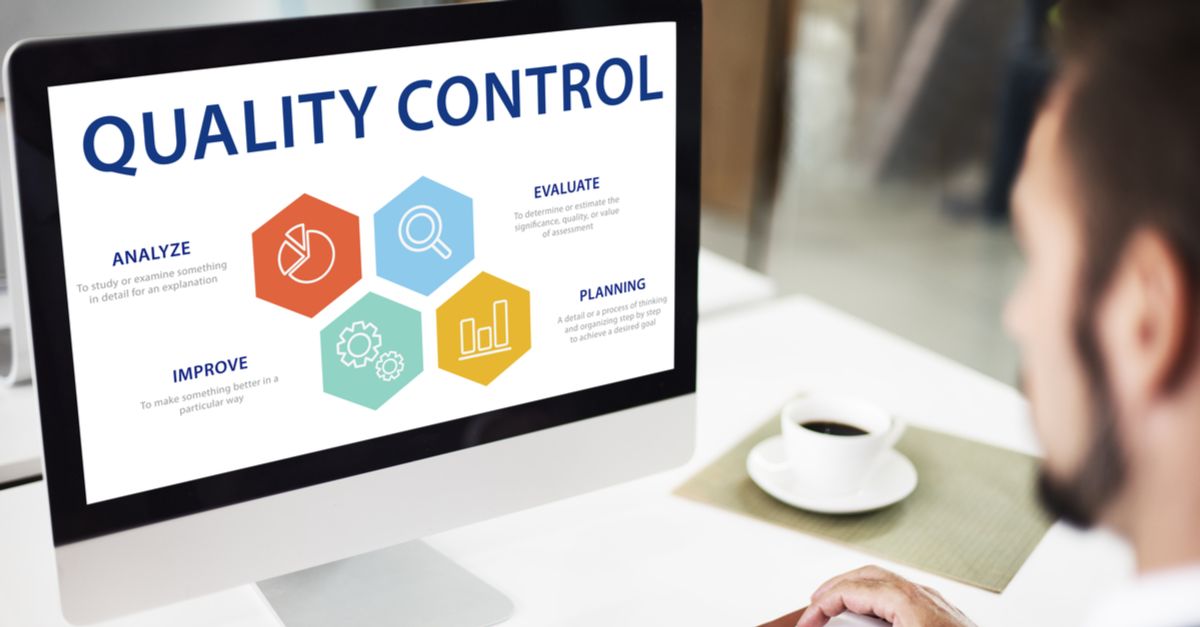Calibrations should be a part of any relevant quality program, but they are often overlooked or placed on a back burner. Regular calibrations ensure that everyone has the same understanding of what is being measured and validates that responses are consistent from everyone on the team.
Commercial Quality applications offer calibration and reporting capabilities that highlight areas of discrepancy with very little effort, but it’s not necessary to have a commercial application to hold an effective calibration session. It just takes a little more effort to tally results.
It can be daunting deciding where to start if there is no current calibration process in place. These five steps can help any quality program get started with a formal calibration process.
1. Select the calibration team: The Quality Assurance (QA) team is an obvious choice for calibration, but it’s a good idea to include supervisors and leadership in the calibration. One or two senior call center agents and trainers can also be beneficial to include as they often bring a fresh perspective to the process.
2. Select the calibration calls: If calls are recorded, preselect several calls that represent different call center agents, lengths and types of calls. Provide them to the calibration team in advance for scoring. If calls are not recorded, schedule time for the team to live monitor calls together so calls can be scored in real time.
3. Calibration timeline: If calls were preselected and provided to the calibration team, set a deadline for completion of call scoring. Be realistic with the deadline. If the calibration is to be performed live, set aside time for one or more live monitoring sessions to complete the number of calls decided upon during kickoff.
4. Compiling results: Scoring the calibration is where a commercial application will shine by producing complete reporting capabilities on the results of the calibration. If the calibration is being performed manually now is the time to compile the results. Commercial applications will easily identify patterns; however, a sophisticated spreadsheet user can also create graphs and tables to manually identify patterns as well.
This is a great time to not only analyze the results, but to evaluate the efficiency of the “form” and ensure everyone understands what is being measured and why. In addition, corporate goals may have changed since the last calibration, and it’s the perfect time to ensure goals are aligned with the company and the QA program is measuring what matters.
5. Take action: The results are in, and they’ve been exhaustively discussed with the team. Now it’s time to determine if action needs to be taken. If there were serious discrepancies in scoring, the analysis in the previous step should indicate what needs to be fixed to reduce the disparity.
Once the plan is in place, don’t forget to report the results. Be open and honest about the results of the calibration, the action plan and timelines. Transparency is the key to getting buy-in from call center agents, supervisors and leadership.
The calibration process is not only about making sure everyone scores every call exactly the same way; that can typically be addressed by asking one question at a time with only yes/no responses. It’s about making sure everyone is on the same page, what’s truly important is being measured and everyone understands why those KPIs are being scored.
This article originally appeared in ICMI.




